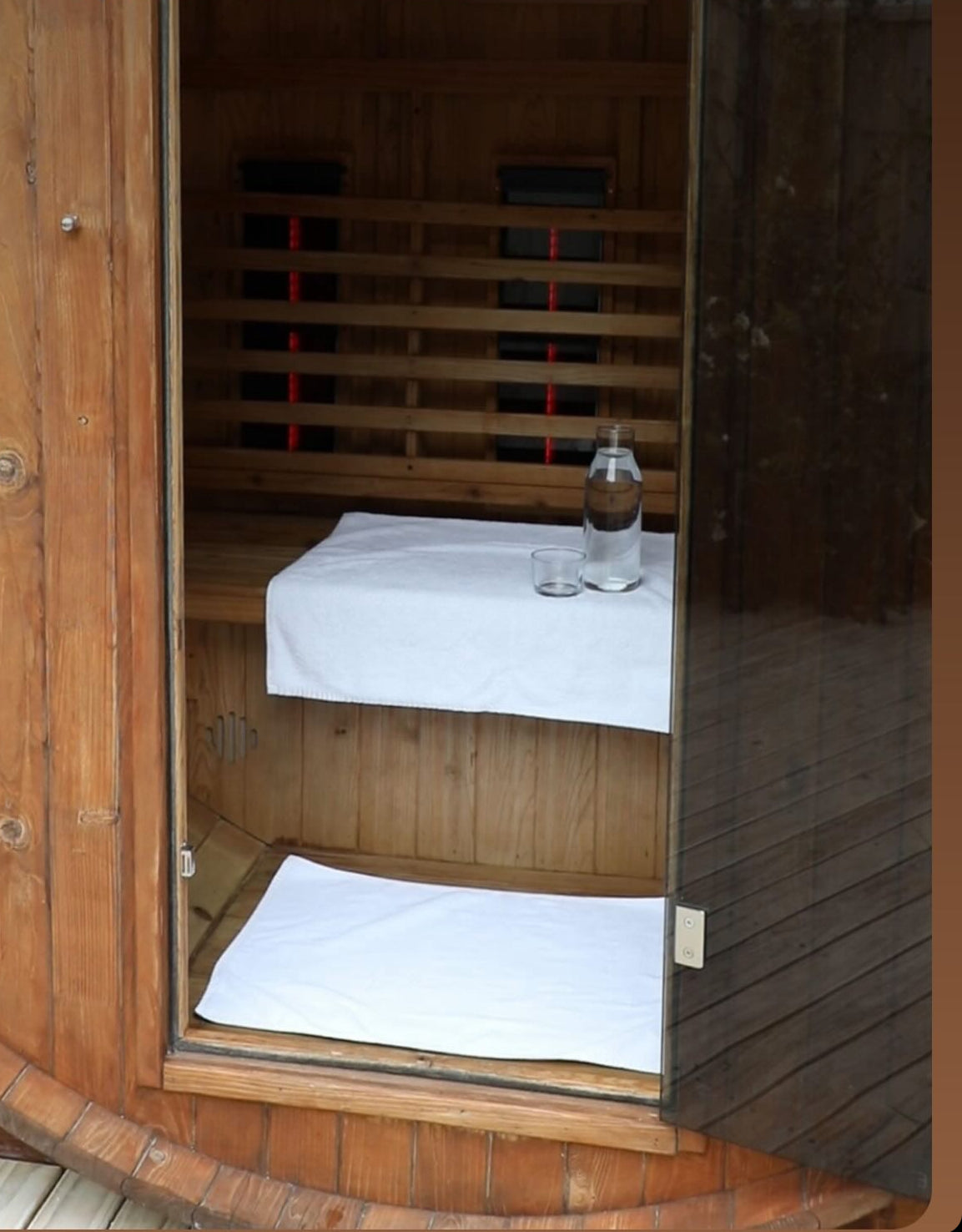Breathwork can bring calmness during stressful times
Breathing or 'breathwork' is essential to our daily existence; it is something we do without thinking. However, the way we breathe can tell us a lot about our state of being. And being conscious of our breaths can often help us when we are spiralling from stress, anxiety, and panic.
Breathwork is quickly becoming a popular and effective health modality used by many.
Think back to a time when you were under challenging circumstances and your body went into a “fight or flight” mode. This may have created physiological changes that altered your breathing.
The Impacts of Breathwork
During these situations, it can be common for our breathing and breathwork to become rapid and shallow, or we can experience hyperventilation, which can have a domino effect and lead to dizziness, light-headedness, chest tightness, and tingling sensations.
This can then lead to further feelings of panic and anxiety creating a circular effect of rapid breathing and intensifying feelings of stress and anxiety.
Waiting to exhale
While shallow, rapid breathing or breathwork, typically drawing air into the lungs from the chest area, signifies stress; practising mindful breathing can have the opposite effect. It fosters a relaxation response, helping to calm the nervous system and reducing stress hormones like cortisol. And remember, breathwork is free.

[Nimbus regularly hosts breathwork workshops via Rory]
There are a number of breathwork techniques that can help us get into a mindful state. For example, diaphragmatic breathing focuses on deep, slow breaths that expand and contract the belly with each exhale. At Nimbus Co, we work closely with a lot of wellness experts, one being Rory Warnock, breathwork coach, who below, takes you through a short seven-minute exercise you can do from home.
A holistic approach to diaphragmatic breathwork starts with:
- Finding a comfortable space to practice the exercise, either up straight or lying down.
- Close your eyes and breathe exclusively through your nose.
- Slow down your breathing, making it light, gentle, and devoid of turbulence.
- Inhale slowly through your nose to a count of 4. Allow your abdomen to expand as you fill your lungs with air.
- Exhale slowly through your nose to a count of 4. Aim to avoid any forceful or abrupt movements of the breath.
- As you inhale, focus on drawing the breath deep into your lungs. Feel your abdomen and chest expand with each breath.
- Pay attention to the sensations of your breath as it enters and exits your body. Notice the subtle movements in your abdomen and chest.
- Continue breathing in this slow, gentle manner for several minutes, maintaining a relaxed pace.
- Keep your attention focused on your breath, allowing any thoughts or distractions to pass without judgment.
- After several minutes, gradually bring your awareness back to your surroundings.
- Take a moment to acknowledge the effects of the breathing exercise on your body and mind.
- Remember breathwork is 'breath work', you have to put the work in
Breathe Again
Another breathwork technique that can help you in a stressful situation is square breathing. This involves inhaling, holding, exhaling, and holding again in equal counts, forming a square pattern. This rhythmic breathing helps us connect deeply with ourselves and promotes a sense of calmness.
To begin this method of breathwork:
- Find a comfortable position to practice square breathing. You can sit on a yoga block, or a chair, or lie down in bed. Ensure your body feels grounded, with your sit bones firmly planted and your spine elongated.
- Begin by exhaling all the air from your lungs. Empty your lungs completely to prepare for the deep inhale.
- Inhale deeply through your nose, counting to 4 in your mind: "Inhale, 2, 3, 4."
- Hold your breath for a count of 4: "Hold, 2, 3, 4."
- Exhale slowly through your nose, counting to 4: "Exhale, 2, 3, 4."
- Hold your breath again for a count of 4: "Hold, 2, 3, 4."
- Repeat this square breathing cycle for several rounds, maintaining a steady pace and rhythm.
- Focus on the sensation of your breath as you draw the imaginary square in your mind's eye.
- Keep your body relaxed and grounded throughout the practice.
- If seated, rest your hands on your knees or in your lap, maintaining a straight but relaxed posture.
- Practice square breathing for a few minutes or if you like, depending on your comfort level and time available.
Don’t lose your breath
You can use this breathwork technique before facing a challenging situation, to unwind before sleep, or to enhance focus and creativity. It’s not only great for managing stress, but importantly it promotes a sense of feeling centred, calm, and overall well-being.
By incorporating these breathwork techniques into your routine, you can experience improved mental clarity, better sleep, and enhanced emotional balance.
Try it out
Again, breathwork is free. Air is free. You can do it anywhere. And when you do, rinse, repeat. You'll be a breathwork professional before you know it.
Words by: Neil O'Sullivan, Co-founder Nimbus Co.









